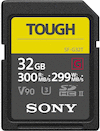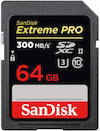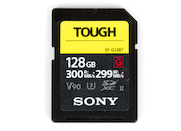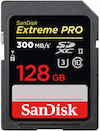The Olympus TG-6 Underwater Housing Kit is a 12MP CMOS Underwater Digital Camera and underwater housing combo that’s waterproof down to 147 feet. Key features include:
Integrated 25mm-100mm f/2 optical zoom lens
12MP BSI CMOS sensor and TruePic VIII image processor
Multiple underwater and macro shooting modes
Retains Access to All Camera Controls
Olympus Tough TG-6. Olympus Tough TG-6 is the heart of this kit. The TG-6 camera is waterproof to depths of 49 feet. With the addition of the PT-059 Underwater Housing, you can take your camera even deeper, down to 147 feet, which is well past the maximum depth limit of 130 feet for recreational diving.
12MP BSI CMOS Sensor and TruePic VIII Image Processor. The Power of the TG-6 is based off a 12 megapixel BSI CMOS sensor and TruePic VIII image processor, which gives it the speed and sensitivity you need for photos and video. The sensor gives you clean images at up to ISO 12800, while the processor combats noise and expands the dynamic range. You get a 20 fps continuous shooting in RAW, and the ability to record UHD 4K30p and Full HD 1080p video at up to 120 fps.
Integrated 4x Optical Zoom Lens. This built-in 4x optical zoom lens covers a 25-100mm equivalent wide-angle to telephoto range. Its bright f/2 maximum aperture is great for working in low light, and the image-stabilization system helps minimize the appearance of camera shake by up to 2.5 stops when you’re shooting at slower shutter speeds. A 2x digital teleconverter function extends the effective zoom range to 8x or 200mm in Program, Aperture Priority, or Movie mode.
PT-059 Underwater Housing for Tough TG-6. This Housing extends the camera’s underwater depth rating to 147’ for photographing well beneath the surface. The hard case retains full accessibility to camera controls. Included in the Hardware kit is an Anti-Reflecting Ring that helps offset some light that might be reflected in the front interior of the housing’s lens port and prevents it from showing in your images or videos.
Underwater Shooting Tips. Practice using the camera and housing on dry land to get comfortable with adjusting settings before you get underwater. Get as close as possible to your subjects. Too much water between the lens and your subject reduces contrast and sharpness. Keep your shutter speed high—you’re often moving more than you realize when you’re not standing on the hard ground.



















